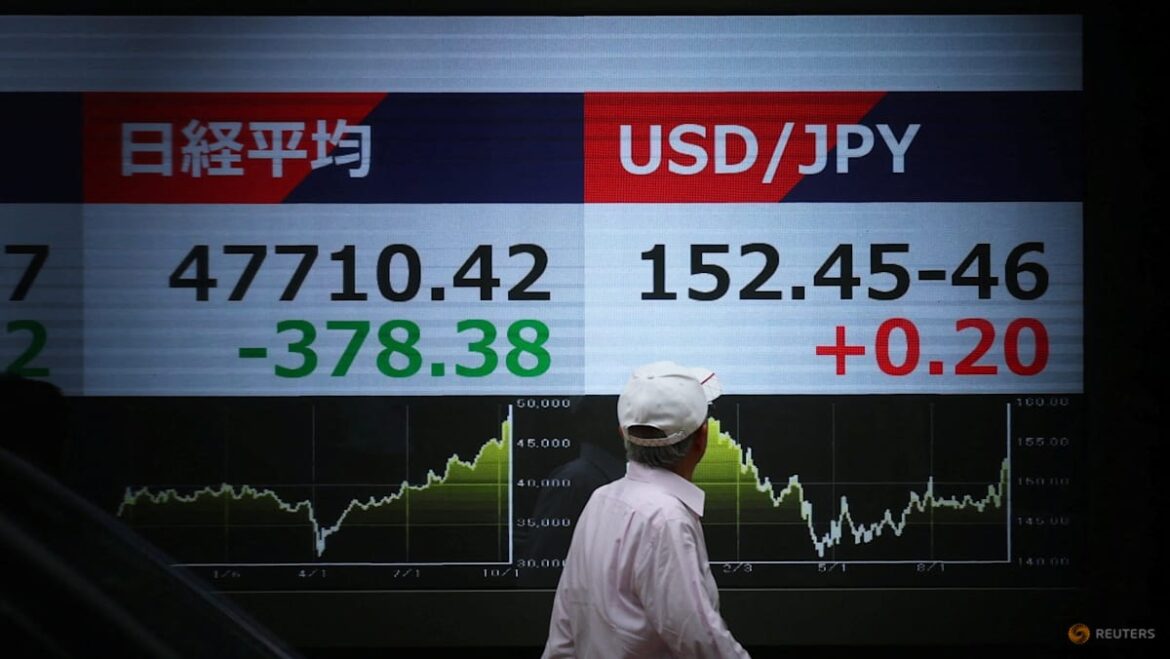![JPYC said it will begin issuing stablecoins that are fully convertible to the yen and backed by domestic savings and Japanese government bonds (JGB) [File] JPYC said it will begin issuing stablecoins that are fully convertible to the yen and backed by domestic savings and Japanese government bonds (JGB) [File]](https://www.alojapan.com/wp-content/uploads/2025/03/1x1_spacer.png)
JPYC said it will begin issuing stablecoins that are fully convertible to the yen and backed by domestic savings and Japanese government bonds (JGB) [File]
| Photo Credit: REUTERS
The world’s first stablecoin pegged to the yen will be launched in Japan on Monday, a small but significant move in a country where traditional payment means like cash and credit cards dominate financial infrastructure.
A Japanese startup, JPYC, said it will begin issuing stablecoins that are fully convertible to the yen and backed by domestic savings and Japanese government bonds (JGB).
The move follows U.S. President Donald Trump’s support for the sector that has sparked a revival of interest in the idea of using blockchain in the mainstream financial system. China, too, is considering allowing usage of yuan-backed stablecoins, a sign of growing momentum worldwide of the use of the digital currency – typically pegged to a fiat currency and offering faster and cheaper transactions.
Japan’s three megabanks will also jointly issue stablecoins, the Nikkei daily reported earlier this month, which may push the digital asset into the mainstream in a once cash-loving population.
Stablecoins backed by the U.S. dollar currently dominate the market, accounting for over 99% of the global stablecoin supply, according to the Bank for International Settlements. In Asia, Japan laid out rules in 2023 to allow issuance of stablecoins. South Korea has also pledged to allow companies to introduce won-based stablecoins.
While various financial institutions have announced plans to look at launching stablecoins, policymakers have expressed concern that stablecoins could facilitate the movement of funds outside regulated banking systems and potentially undermine the role of commercial banks in global payment flows.
“Stablecoins might emerge as a key player in the global payment system, partially replacing the role of bank deposits,” Bank of Japan Deputy Governor Ryozo Himino said in a speech last week, urging global regulators to adapt to new realities in the financial system.
Known as a population favouring physical currency, Japan has gradually embraced digital innovation with the ratio of cashless payments having risen to 42.8% in 2024 from 13.2% in 2010, according to government data. The Japanese startup has said it will initially not charge transaction fees for its stablecoins, named JPYC, to focus on expanding its usage, and instead earn money from interest on holdings of JGBs.
Tomoyuki Shimoda, a former BOJ executive who is currently an academic at Japan’s Rikkyo University, said it would take time for yen stablecoins to spread unlike those backed by the U.S. dollar – the world’s reserve currency used across the globe.
“There’s a lot of uncertainty on whether yen stablecoins will become widespread in Japan,” Shimoda said. “If megabanks join the market, the pace could accelerate. But it could still take at least two to three years.”
Published – October 27, 2025 09:29 am IST


AloJapan.com